Schools building self-certification system 'open to abuse'
- Published

Safety inspections have been carried out at the school affected by the closures
An engineering expert has criticised the self-certification system used to pass the Edinburgh school building works at the centre of a safety fears scandal, saying it was "open to abuse".
Jim McCafferty, a director of Structural Engineers Registration, said an inquiry had to be held.
His comments came after council leader Andrew Burns said the school checks were done by contractors themselves.
Seventeen schools have closed due to concerns over structural issues.
The problems, which were identified after a school wall collapsed at Oxgangs Primary, relate to missing ties used to support building walls.
About 7,600 pupils were initially affected and there are still no plans for how to get about 3,000 children back in to classrooms.
Most will have to attend different schools until their own is declared safe.
Speaking on BBC Scotland on Thursday, the leader of City of Edinburgh Council, Mr Burns, said the buildings were not inspected by the council when their construction was completed.
The Labour councillor said the private sector consortium that built them- Edinburgh Schools Partnership - self-certified that they met "all the relevant building standards".

Jim McCafferty, a director of Structural Engineers Registration, said an inquiry had to be held
Mr McCafferty, whose organisation administers a Scottish government-backed scheme for the certification of building structures design, told BBC Radio's Good Morning Scotland: "I think there is a great deal of doubt over whether certification of construction by the owner, who has a vested interest getting the building occupied or in this case a consortium of construction companies, who are also keen to get the building occupied and working under these deadlines - that it is open to the possibility of abuse or mismanagement.
"I think there should be a great deal more traditional supervision of construction.
"I don't think it is a simple mistake. I think something serious went wrong in terms of looking carefully at what was being done."
The expert added: "If wall ties have not bridged the gap between the inner leaf of block work construction through the insulation, across the gaps and well into the brickwork on the outer side, then suction and wind forces will bring these walls down on the outside.
"I think there should be an inquiry to find out exactly what the contractual arrangements were between Edinburgh City Council and this ESP - Edinburgh Schools Partnership - what kind of quality control or quality assurance systems they had in place and what inspections took place during the construction process."
Mr Burns said on Thursday the school buildings could be closed for the "longer term" - in some cases until after the summer break.

The 2003 Building Scotland Act came into effect in April 2005. The buildings built before then were under the 1959 Building Scotland Act.
The 2003 Building Scotland Act closed loopholes, making it necessary for inspections by a third party to be made of plans and designs for building warrants.
However, the 2003 Building Scotland Act stopped the need for a completion certificate, at the end of building works, to be issued by the council.
The 2003 Act only requires "the relevant person", which could be the owner of the building, to produce a completion certificate, which Mr McCafferty believes makes the system "open to abuse".
Dates PPP1 school buildings in Edinburgh were given completion certificates
Phase 1
• Pirniehall and St David's Primary Schools 12/08/2002
• Craigroyston Primary 11/10/2002
• Broomhouse and St Joseph's Primary Schools 18/10/2002
• Rowanfield 18/10/2002
• Craigour Park Primary School 13/12/2002
• Castleview Primary School 02/05/2003
• Gracemount High School 04/07/2003
• Forthview Primary School 11/07/2003
• Drummond Community High School 11/07/2003
• Craigmount High School 25/07/2003
• Goodtrees Neighbourhood Centre 25/07/2003
• The Royal High School 01/08/2003
• Howdenhall Children's Unit 13/10/2003
Phase 2
• Oxgangs Primary School 01/03/2005
• Firrhill High School 15/03/2005
• St Peter's Primary 08/04/2005
• Braidburn School 10/06/2005

A City of Edinburgh Council spokesman said: "The structural designs of the PPP1 school were self-certified by Edinburgh Schools Partnership's agent under the relevant building regulations in place at the time.
"Once construction was complete, their agent also self-certified to the council, as they were entitled to do, that the buildings complied with the relevant building standards.
"In order to do this, they would have to have been satisfied that each school was complete, in accordance with building standards, and that the building warrant conditions had been met.
"The council did carry out reasonable inspections to ensure that the buildings appeared to satisfy the terms of the building warrant.
"However, the regulatory system acknowledges that local authorities cannot reasonably monitor each and every aspect of all construction work being carried out.
"As such, reliance was placed upon suitably qualified individuals and the council would not have been responsible for the quality of work done or for supervising builders."
An Edinburgh Schools Partnership spokeswoman said: "An Independent certifier was appointed on behalf of ESP and the City of Edinburgh Council to sign off the school buildings and provide an availability certificate for each school, which marks the final step in the sign-off process.
"This approval relied upon the assurance of the building contractors that the schools had been constructed, extended or refurbished in accordance with the relevant building standards regulations as set out in the warrant application."
- Published14 April 2016
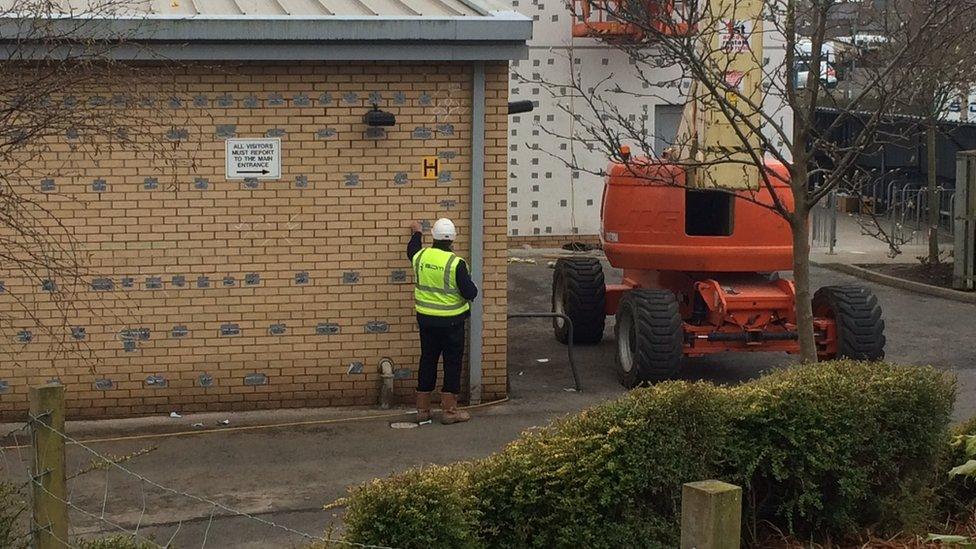
- Published13 April 2016
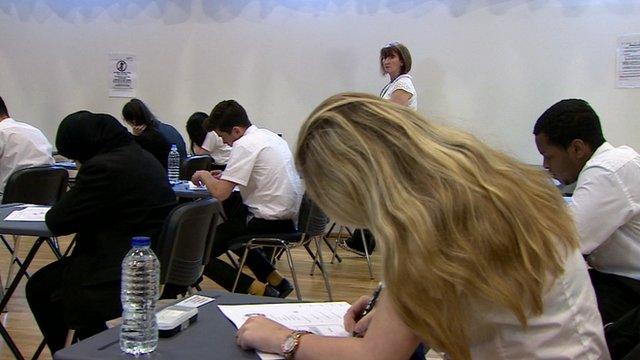
- Published13 April 2016

- Published12 April 2016
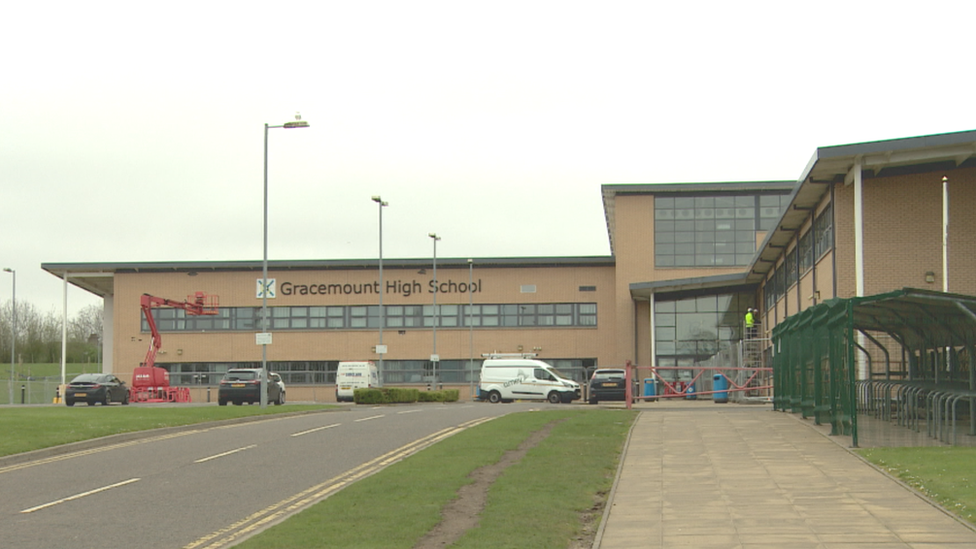
- Published12 April 2016

- Published11 April 2016

- Published11 April 2016
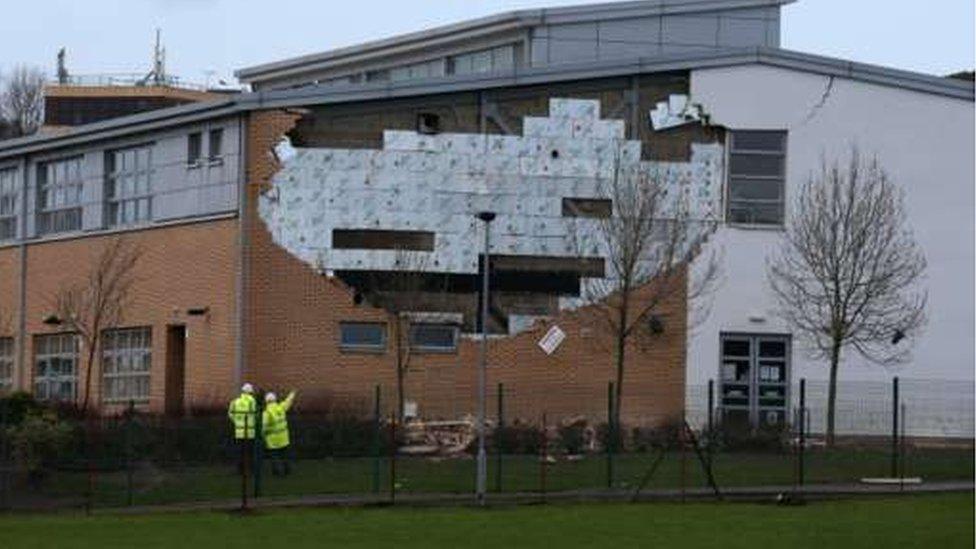
- Published11 April 2016
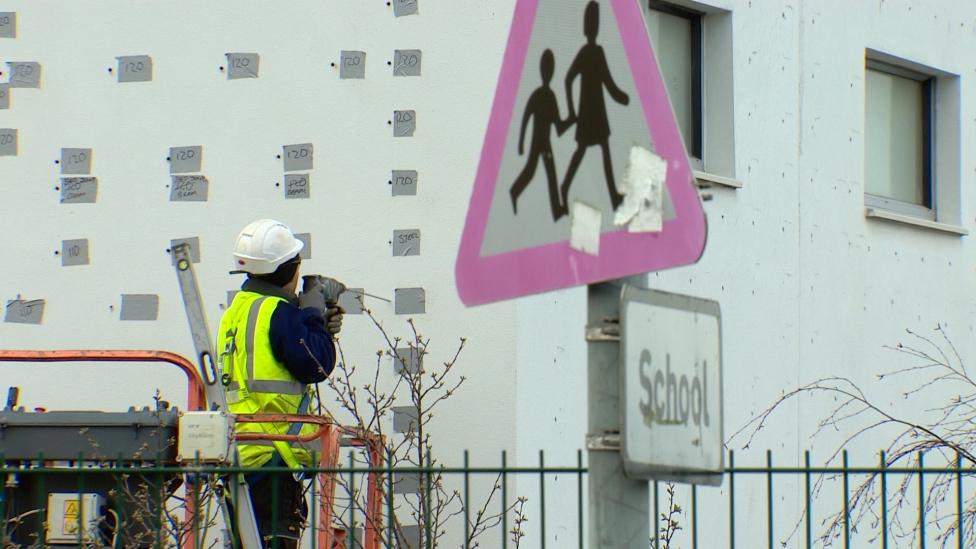
- Published11 April 2016
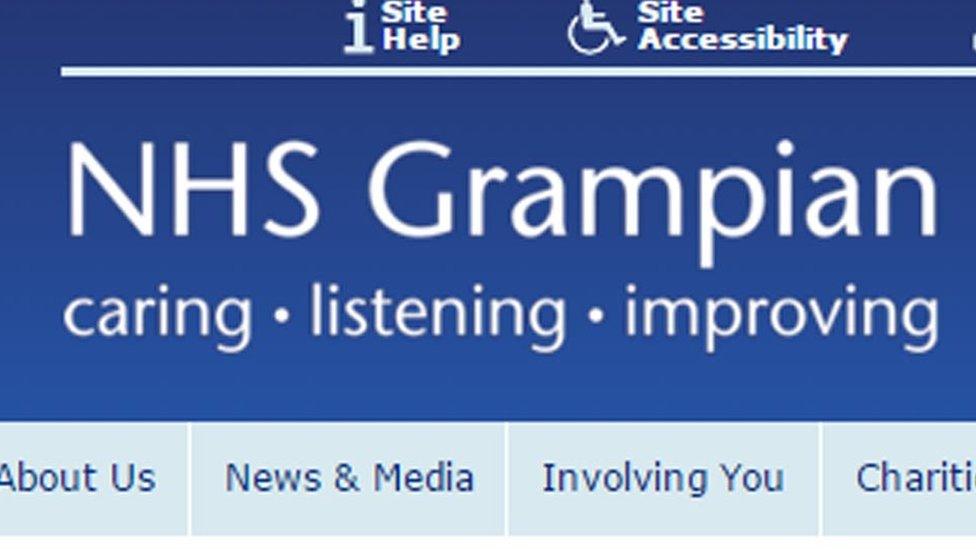
- Published10 April 2016
